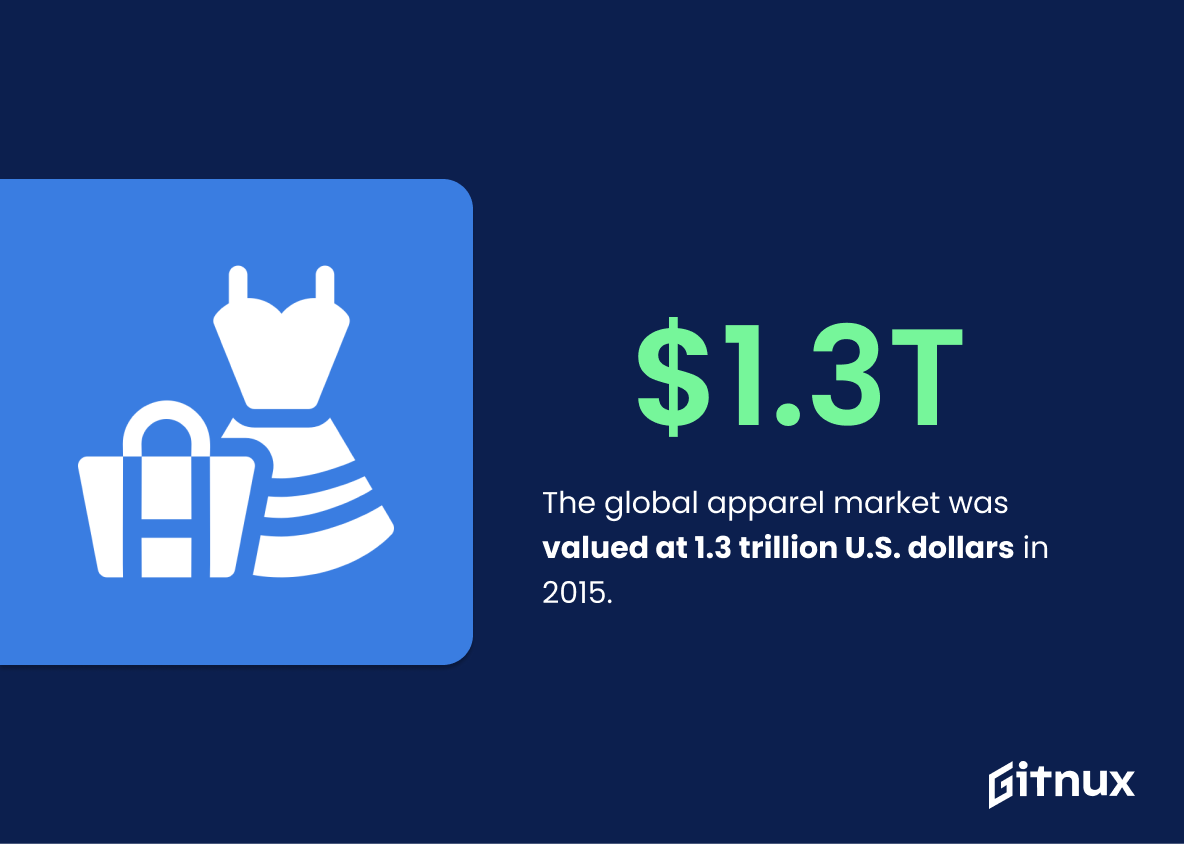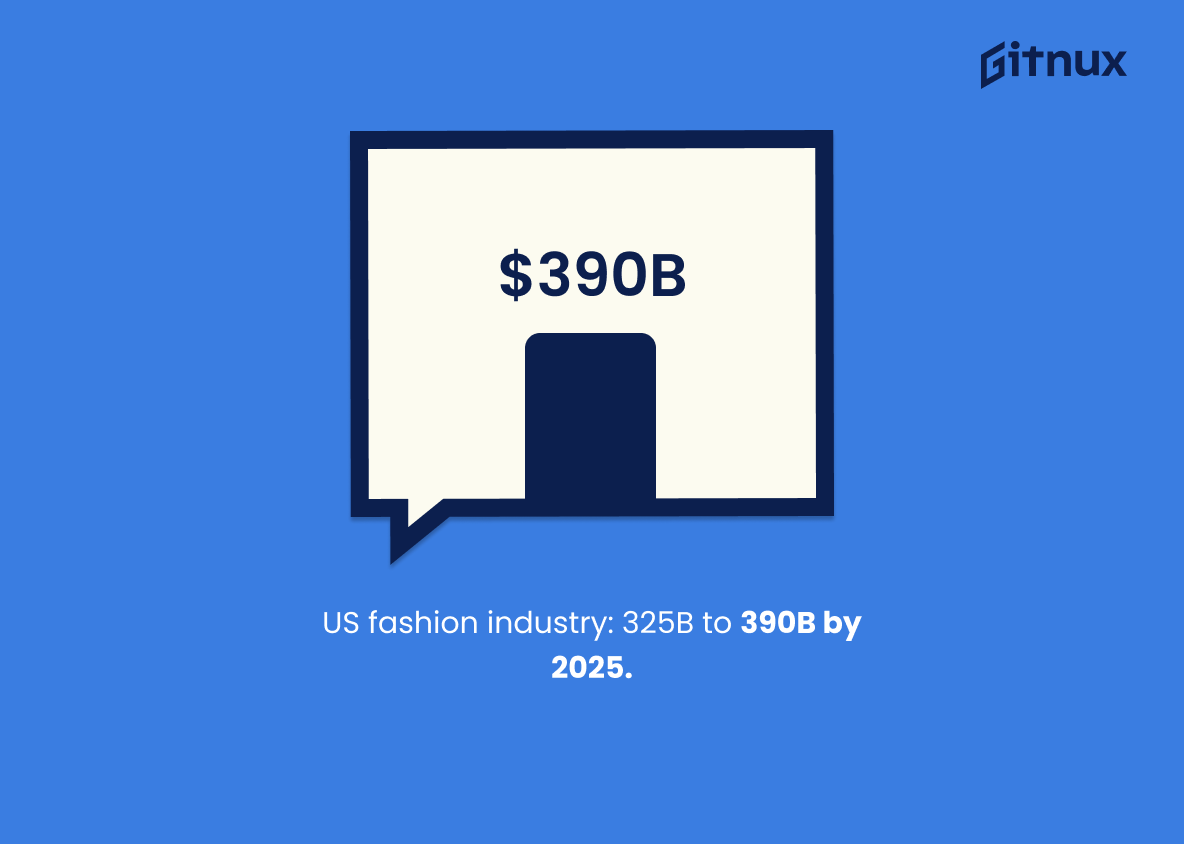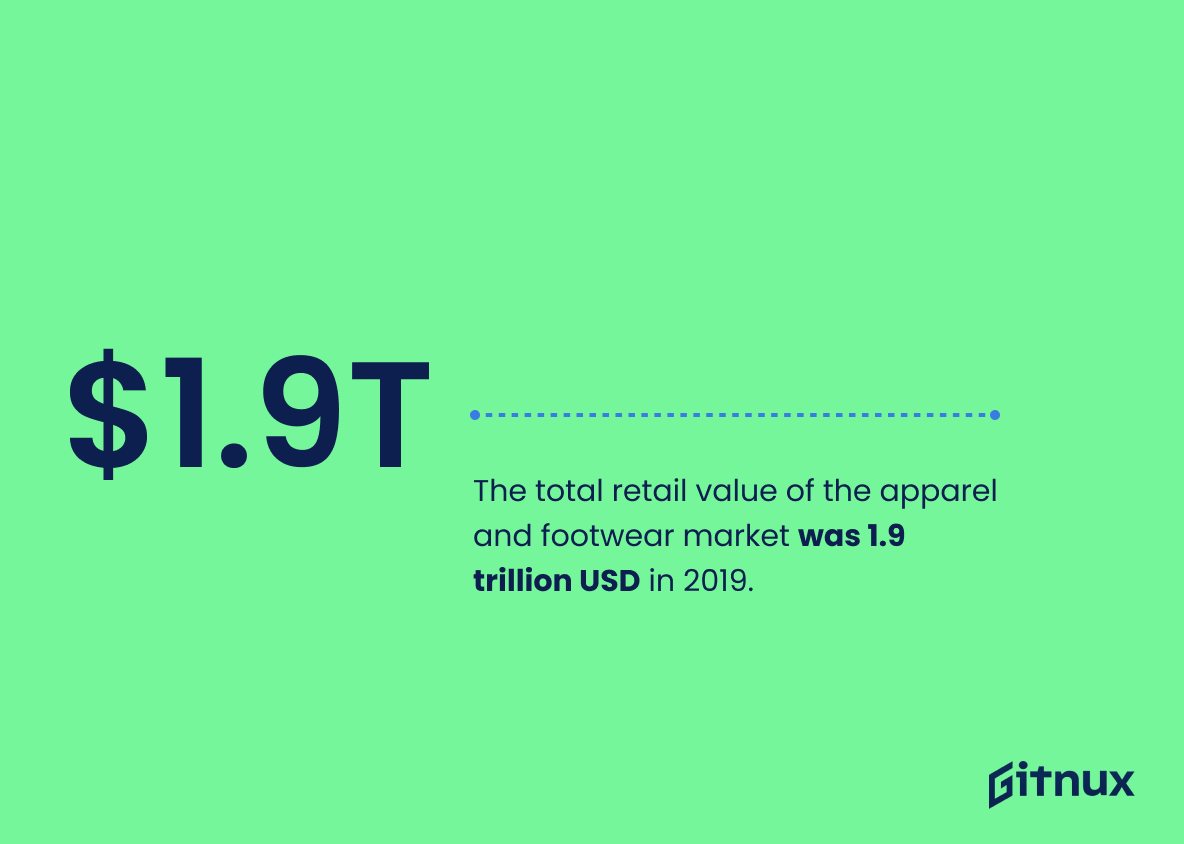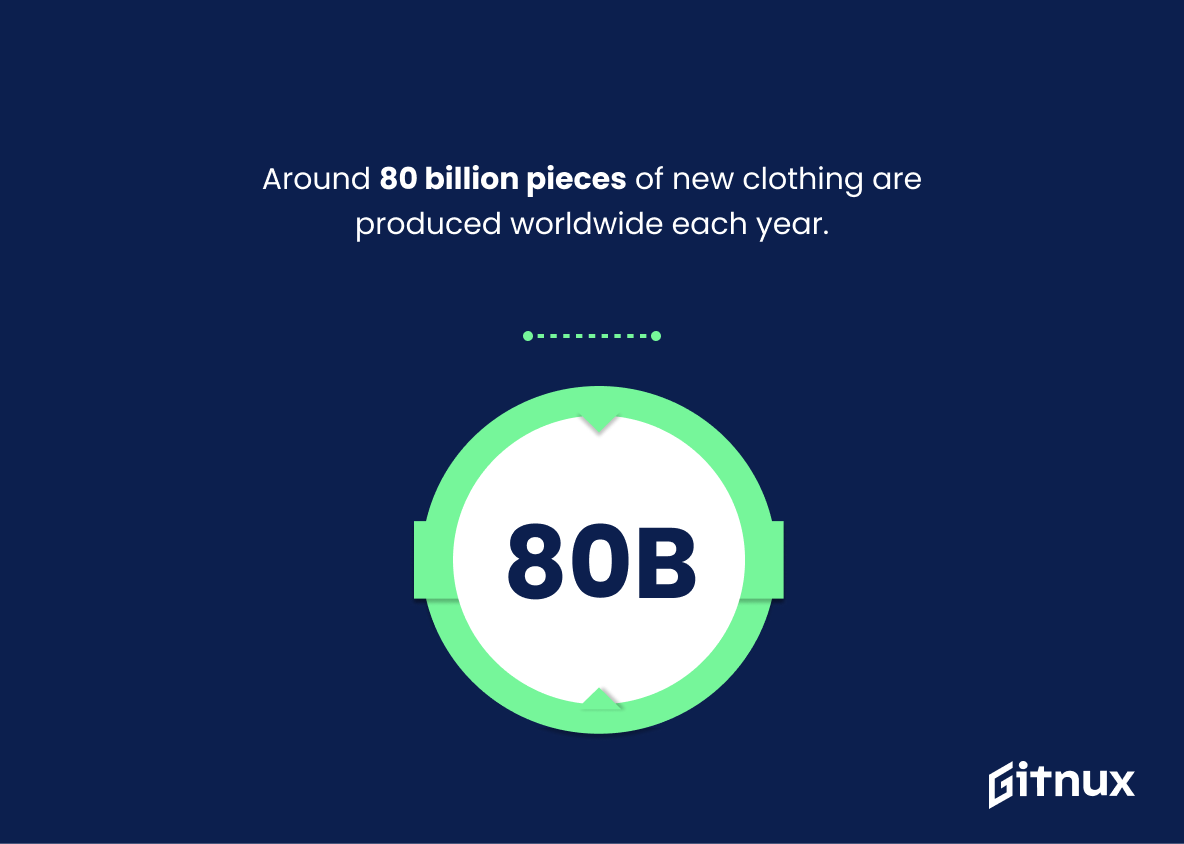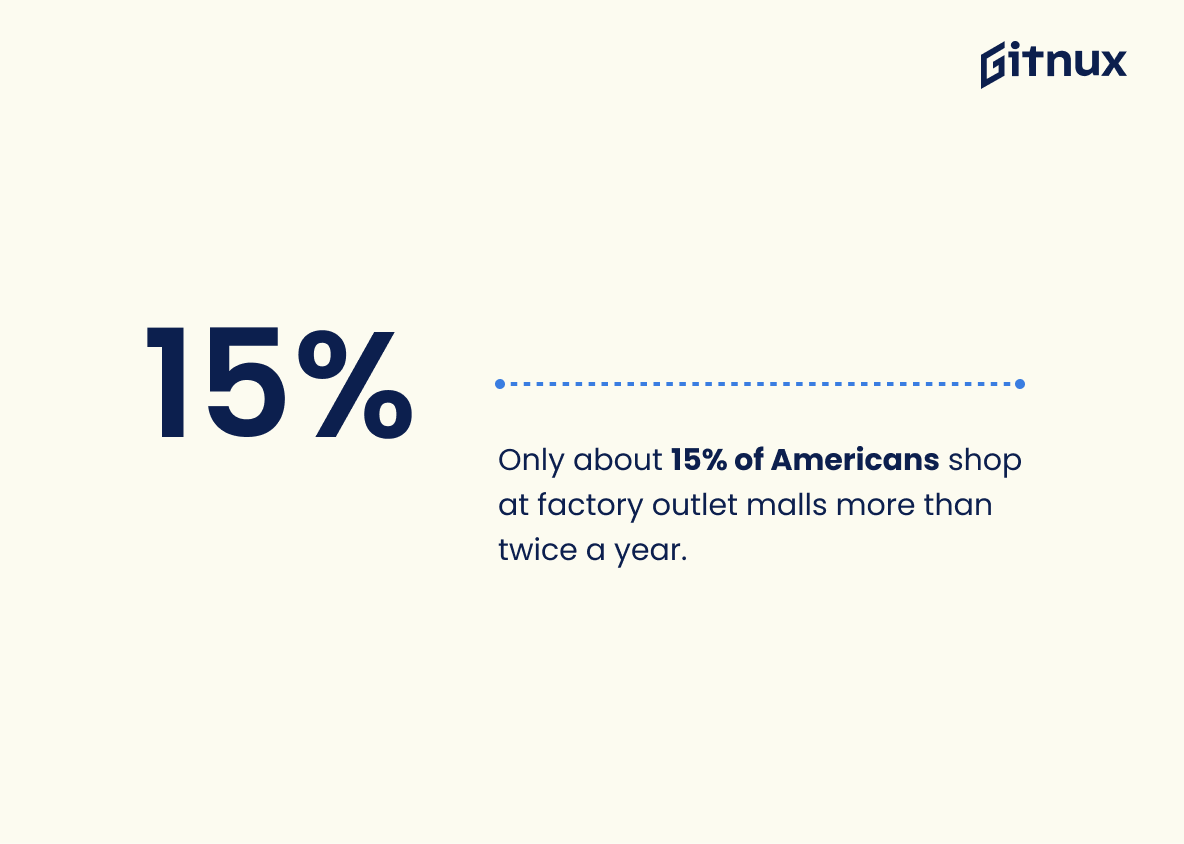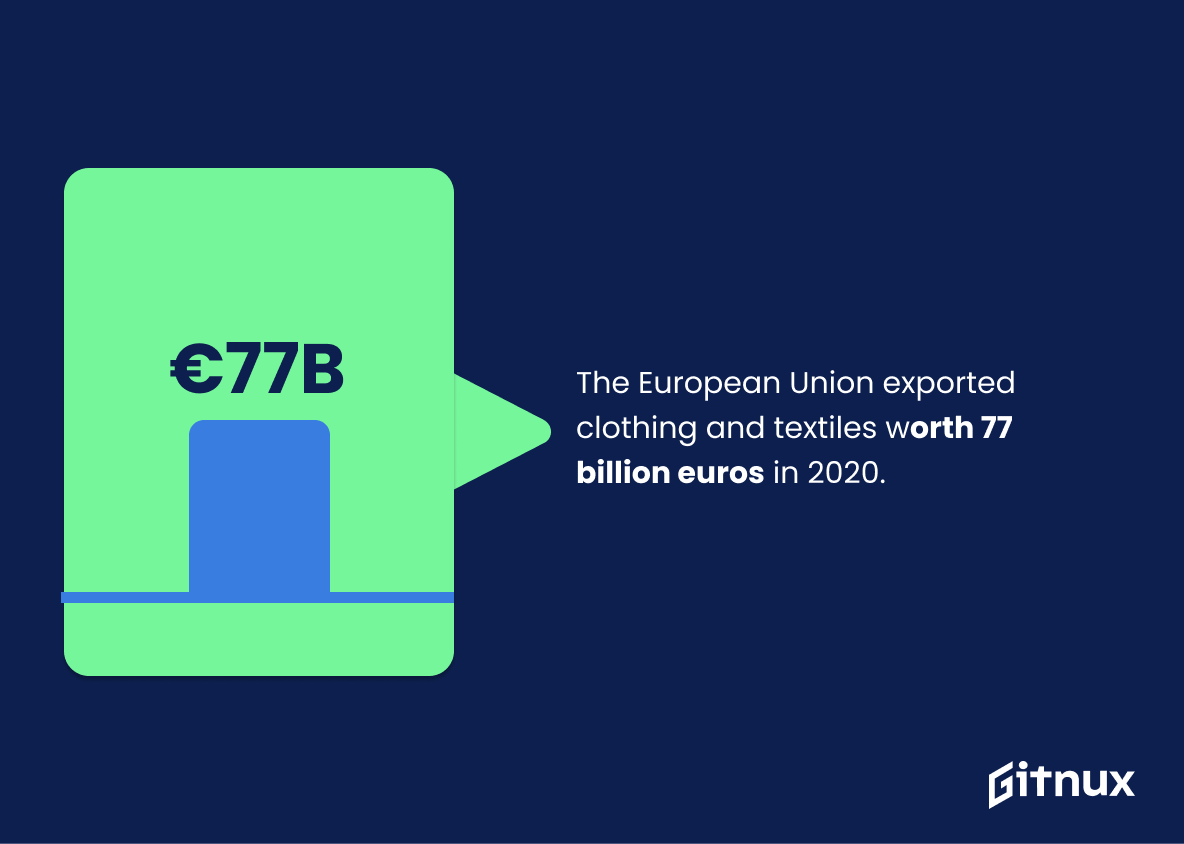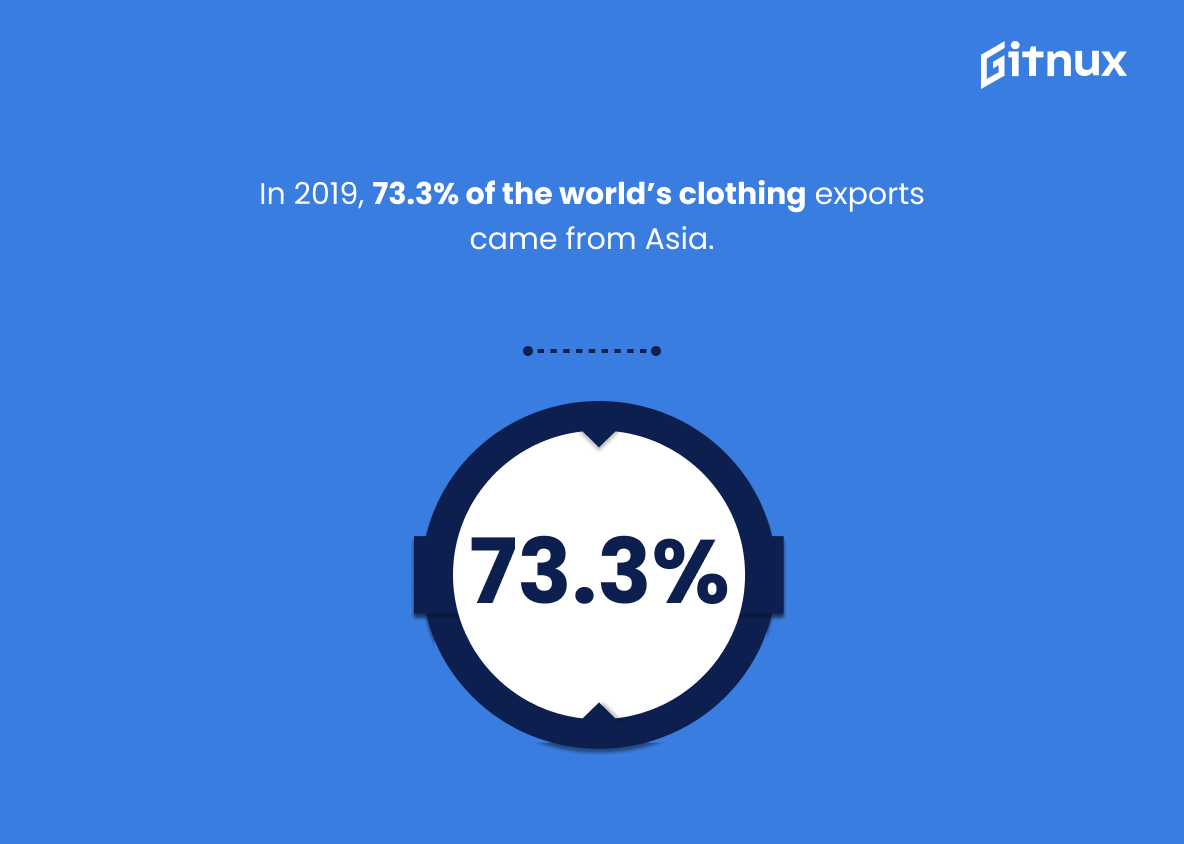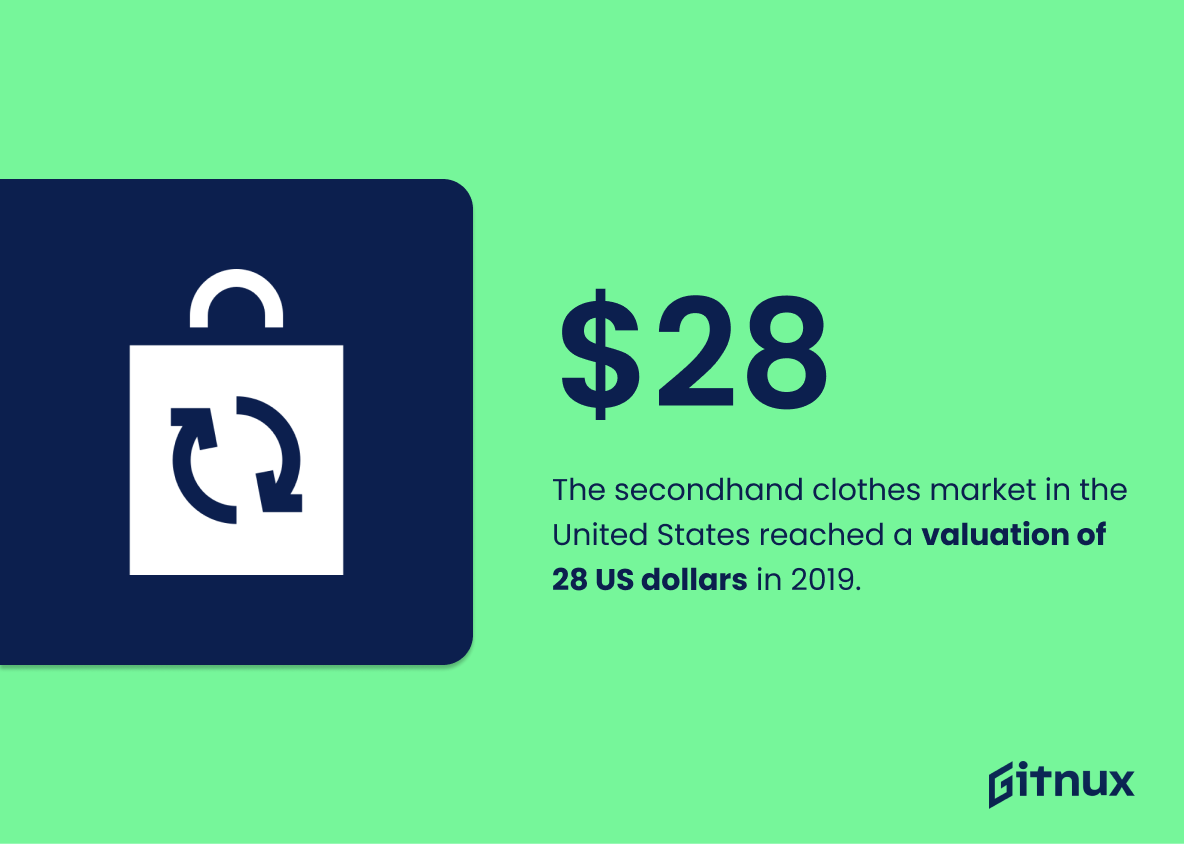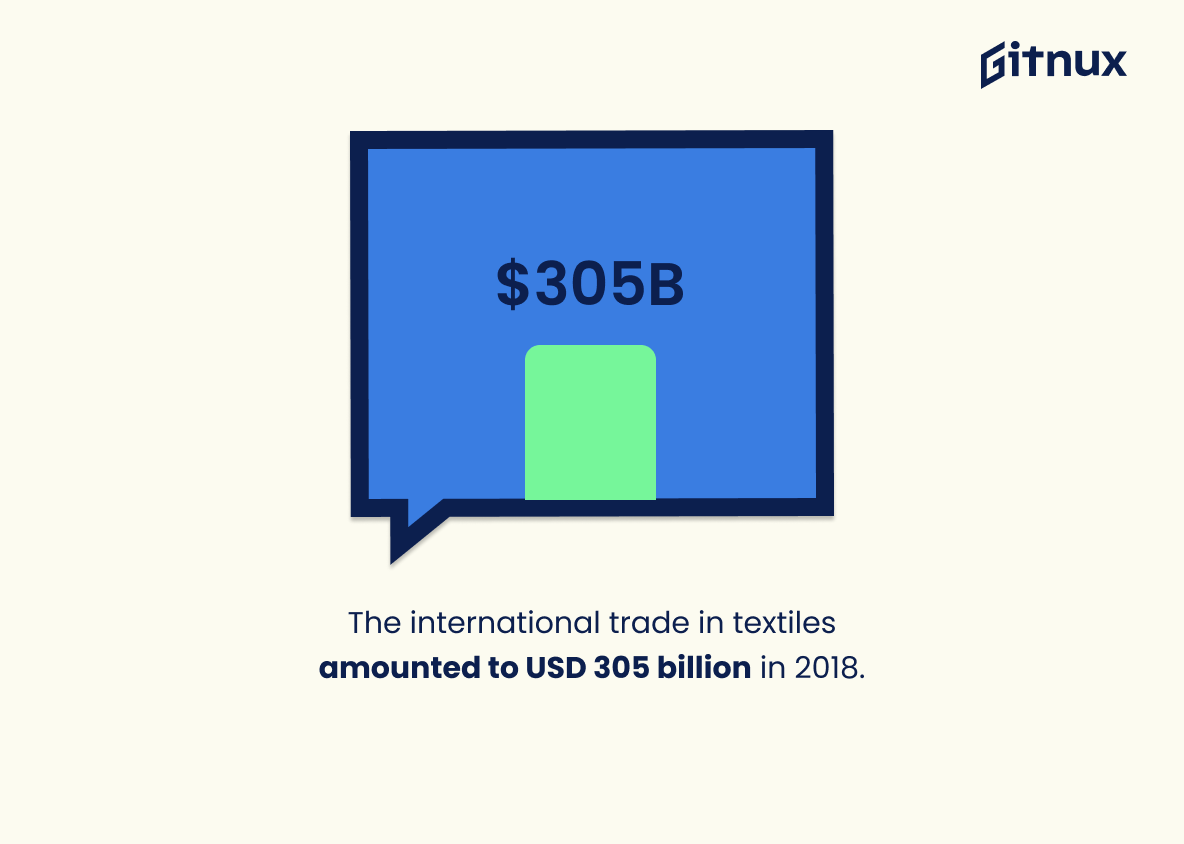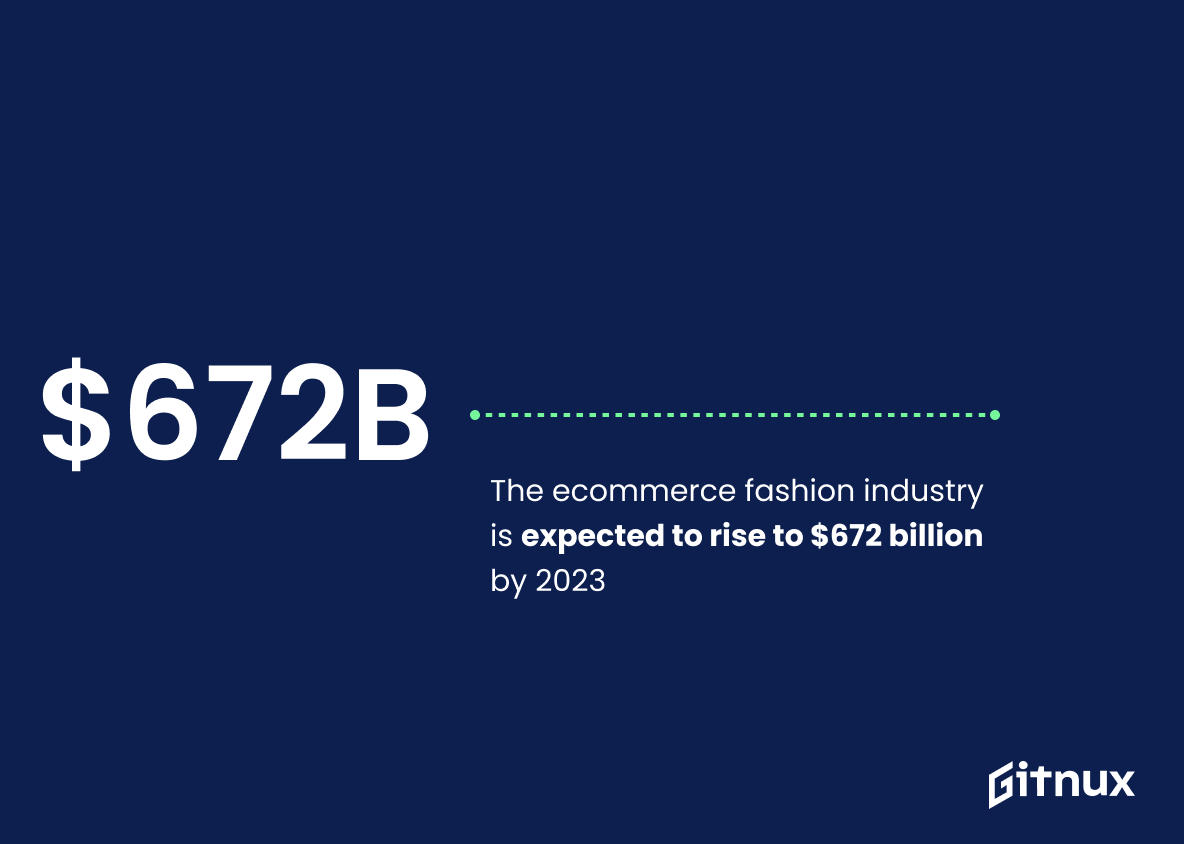Dive into the fascinating world of fashion, a billion-dollar industry that never ceases to amaze and inspire with its ever-evolving trends and breakthrough innovations. In this informative blog post, we break down the hard-hitting figures, data, and statistics which underline the sheer magnitude of the global fashion industry.
From consumer spending habits to upcoming trends, these fashion statistics provide an enlightened glimpse into what drives fashion today, and the impact it has on a global scale. Whether you’re a fashion enthusiast, a budding designer, or a seasoned industry player, these figures will provide not just intriguing insights, but also a wealth of knowledge to enrich your understanding of this dynamic industry.
The Latest Fashion Statistics Unveiled
The global apparel market was valued at 1.3 trillion U.S. dollars in 2015.
This staggering figure of 1.3 trillion U.S. dollars defining the value of the global apparel market in 2015 packs a substantial punch in a blog post focused on fashion statistics. It underscores just how vast and financially potent the fashion industry is, providing a clear illustration of the influential role it plays in the global economy.
It paints an intriguing picture of fashion not just as a casual expression of individual style, but as a dynamic, thriving, and financially charged universal business powerhouse. By shining a spotlight on this hefty monetary figure, the magnitude of the fashion industry comes into sharper contrast, making it a statistic too influential to overlook.
The fashion industry in the United States was predicted to increase from nearly 325 billion U.S. dollars in 2017 to 390 billion dollars in 2025.
Painting a promising landscape for the U.S fashion industry, the projected rise from nearly 325 billion U.S. dollars in 2017 to 390 billion dollars in 2025 artfully captures the vibrant growth and potential of the sector. This pulsating heartbeat of figures subtly weaves the story of the industry’s robust dynamism, offering an intriguing perspective to our fashion statistics narrative. Remaining sensitive to such economic patterns provides a clear view of the rhythmic ebb and flow within the market, vital for fashion industry stakeholders, influencer strategists, and decided fashionistas alike.
The total retail value of the apparel and footwear market was 1.9 trillion USD in 2019.
By illustrating the staggering figure of 1.9 trillion USD in 2019, the magnitude and economic impact of the apparel and footwear market is underscored. The vastness of this figure serves as a testament to the extensive reach and influence of fashion, transcending beyond mere aesthetics into a colossal global economic force. This monetary estimate illustrates the financial vitality of the industry and can help those intrigued by fashion statistics decipher the immense scale of the industry and the continuous investment potential it holds.
Roughly 50% of fast fashion items are disposed of within a year of being made.
This compelling statistic shines a stark spotlight on the ephemeral life of fast fashion items—being discarded within a year of creation. Half of these trendy, quickly produced pieces succumbing to the trash within such a short timeframe signifies the high environmental footprint of the fast fashion industry. It paints a disturbing picture of modern consumer behavior, driven by constantly changing trends and disposable attitudes towards clothing.
Relaying this statistic lays the groundwork for urgent dialogue within the fashion industry. It underscores the necessity for sustainable practices and conscious consumption in the face of rampant textile waste—an issue central to the fashion landscape, perfect for a blog post dedicated to fashion statistics.
This figure alone embodies many of the industry’s challenges—driving sustainability initiatives, shifting consumption patterns, reducing waste. It’s not just a number, but a narrative—a vehicle driving readers to rethink their relationship with fast fashion. Undoubtedly, it serves as a striking cornerstone within your blog post, summing up the full scope of fast fashion’s environmental impact, setting the tone for further discussion on these critical issues.
Around 80 billion pieces of new clothing are produced worldwide each year.
In order to fully appreciate the scale and influence of the fashion industry, consider the staggering detail that nearly 80 billion new pieces of clothing are born into the world each year. This vast flow of garments is not only reflective of fashion’s global prevalence, but it also hints at its profound environmental footprint and social realities stitched into every seam. From fiber production to the disposal of clothes, this number chips away at the surface glamour, shedding light on the industry’s deeper mechanisms.
In 2016, more than 4.3 billion units of apparel and 8.3 billion pairs of shoes were produced globally.
These staggering figures offer a glimpse into the mammoth scale of the global fashion industry. With over 4.3 billion units of apparel and 8.3 billion pairs of shoes produced globally in 2016 alone, the market’s pervasiveness becomes immediately apparent. From this, one can unearth the indomitable consumer demand driving such production volumes; every stitch sewn and sole moulded feeds into a multi-billion dollar industry that wraps itself around the globe.
Moreover, this statistic sheds light on the consequent environmental footprint of our sartorial choices, underscoring the need to make sustainable fashion a global priority. Providing such insights, this number serves not just as mere data, but a gateway to understanding the very fabric of the fashion world.
Nike and H&M are the world’s most valuable apparel brands, as of 2017.
In weaving together facts on fashion statistics, it is impossible to ignore the towering presence of Nike and H&M as the reigning monarchs within the world of apparel brands as of 2017. Their crowning glory doesn’t just make them an interesting pair of titans to behold, but their brand valuation also pulses with various insights.
Their rank in the apparel world underscores market dominance and reveals consumption patterns, while also highlighting customer loyalty for their specific brands. Furthermore, it clearly showcases the significant impact these brands have had on establishing trends in the fashion industry, dictating the ebb and flow of what’s in vogue. This monetary appraisal of their brand worth isn’t simply a meta symbol of their success, it is a potent testament to their tangible influence on global fashion trends.
Therefore, within the tapestry of fashion statistics, this particular piece of information isn’t just a golden thread, but rather a filament of manifest interpretation that enriches the overall narrative.
Only about 15% of Americans shop at factory outlet malls more than twice a year.
Delving into the heart of fashion consumption trends, this particular figure unravels a significant layer of consumer behavior. Unveiling the fact that a scant 15% of Americans frequent factory outlet malls more than twice annually, we unveil an intriguing facet in the realm of retail preferences. It may suggest that Americans primarily prefer other shopping avenues over outlet malls, whether it’s the bloom of e-commerce or the charm of boutique stores.
Additionally, it also points towards the potential for brands to explore and tap into the overcrowded 85% demographic that sportingly bypasses these outlet malls. Hence, we not only gain an insight into consumers’ fashion shopping habits, but it also unearths a melodrama of untapped opportunities for fashion marketers and strategists.
The European Union exported clothing and textiles worth 77 billion euros in 2020.
Delving into the vein of monetary figures, the textile and clothing export value of the European Union reached a staggering 77 billion euros in 2020. This number not only magnifies the enormity of the fashion industry in Europe but also underlines the continent’s influential position in global fashion economy.
It showcases the substantial contribution of the fashion sector to Europe’s GDP which in turn, affects the economic landscape of the entire region. Moreover, it hints at the European Union’s trade dynamics, as well as the potential employment opportunities generated by the industry thus positioning fashion as a pulsating, vital sector that empowers the economy in more ways than one.
In 2019, 73.3% of the world’s clothing exports came from Asia.
Highlighting how Asia accounts for a staggering 73.3% of the global clothing exports in 2019 injects a palpable sense of the fashion industry’s global interconnection. It underscores Asia’s dominance in the fashion landscape and prompts readers to view their fashion consumption as part of a worldwide supply chain. Furthermore, it provokes deeper discussions about the causes and implications of this dominance, potentially opening avenues to explore topics such as labor practices, environmental impact, and economic shifts in the blog post.
The secondhand clothes market in the United States reached a valuation of 28 US dollars in 2019.
In the realm of Fashion Statistics, imagine the secondhand clothes market as a scene-stealer walking down the runway. As it flaunts a valuation of 28 US dollars in 2019, this boundary-breaking figure confirms its growing significance in the United States.
Projecting a bold statement of sustainability and frugality, it showcases how the appetite for preloved fashion items has redefined the consumption patterns in the fashion circuit. This number not only unearths the story behind the rise of savvy and environmentally-conscious consumers, but also sets the stage for a future dominated by fashion’s circular economy—a trend that industry experts, fashion designers, and style influencers cannot afford to ignore.
The international trade in textiles amounted to USD 305 billion in 2018.
The colorful world of fashion, known for its glittering runway shows and trendsetting styles, is dramatically underscored by the weight of numbers. Within the intricate tapestry of the industry, the international trade in textiles – a fabric-marvel worth USD 305 billion as of 2018 – stands out as a vibrant thread.
This noteworthy data point encapsulates the vital role of textiles in not just the economy, but also in amplifying the fashion world’s multi-faceted charm. By offering a tangible measure of the enormity and significance of the fashion industry globally, it lends a compelling numerical lens to our understanding of fashion dynamics, from supply chains to consumer trends, and everything in between.
The ecommerce fashion industry is expected to rise to $672 billion by 2023
This prismatic projection of the ecommerce fashion industry rocketing to a staggering $672 billion by 2023 undeniably unveils a canvas of mammoth opportunity for fashion influencers, designers, and retail brands on a global scale. With facts woven from the thread of this statistic, a blog post on Fashion Statistics could offer invaluable insights into the magnitude of the digital transformation within the fashion world.
It spins a promising tale of how the marriage of fashion and technology could be the new landscape for exponential growth, lending the blog post the necessary gravitas to capture the readers’ attention, as well as stimulate vital discourse among fashion enthusiasts and professionals alike.
The global sportswear market is expected to reach $567 billion by 2024.
Navigating the fashion world, this statistic illuminates the promising horizon envisaged for the sportswear market, a significant segment of the fashion industry. In the wider narrative of fashion trends, this projection highlights the rise of athleisure – a powerful fashion fusion of style and performance. On reaching a staggering $567 billion by 2024, it underlines a radical shift in consumer preferences for comfort and functionality in their wardrobe choices.
Hence, any discussion on fashion statistics would be incomplete without acknowledging this momentous trajectory of growth expected in the global sportswear market. This exemplifies fashion’s dynamic palette and its unique ability to adapt to changing societal values and lifestyle demands.
Conclusion
In closing, the world of fashion is a dynamic and constantly evolving industry, full of fascinating statistics. These numbers reveal not only the economic importance of this industry but also provide insights into its cultural significance and the trends that shape our society.
Based on these fashion statistics, it’s clear that this industry is set to continue expanding and innovating, offering exciting opportunities for both businesses and consumers alike. Yet, sustainability will increasingly be at its core, pushing for more responsible production and consumption patterns. Understanding these fashion statistics can help businesses make data-driven decisions and adapt to the future of this vibrant industry.
References
0. – https://www.www.statista.com
1. – https://www.www.creditdonkey.com
2. – https://www.www.theworldcounts.com
3. – https://www.www.pgpf.org
4. – https://www.www.iisd.org
5. – https://www.www.oberlo.com
6. – https://www.www.nielsen.com
7. – https://www.www.textileworld.com
8. – https://www.www.weforum.org
9. – https://www.www.euratex.eu
10. – https://www.www.businesswire.com
